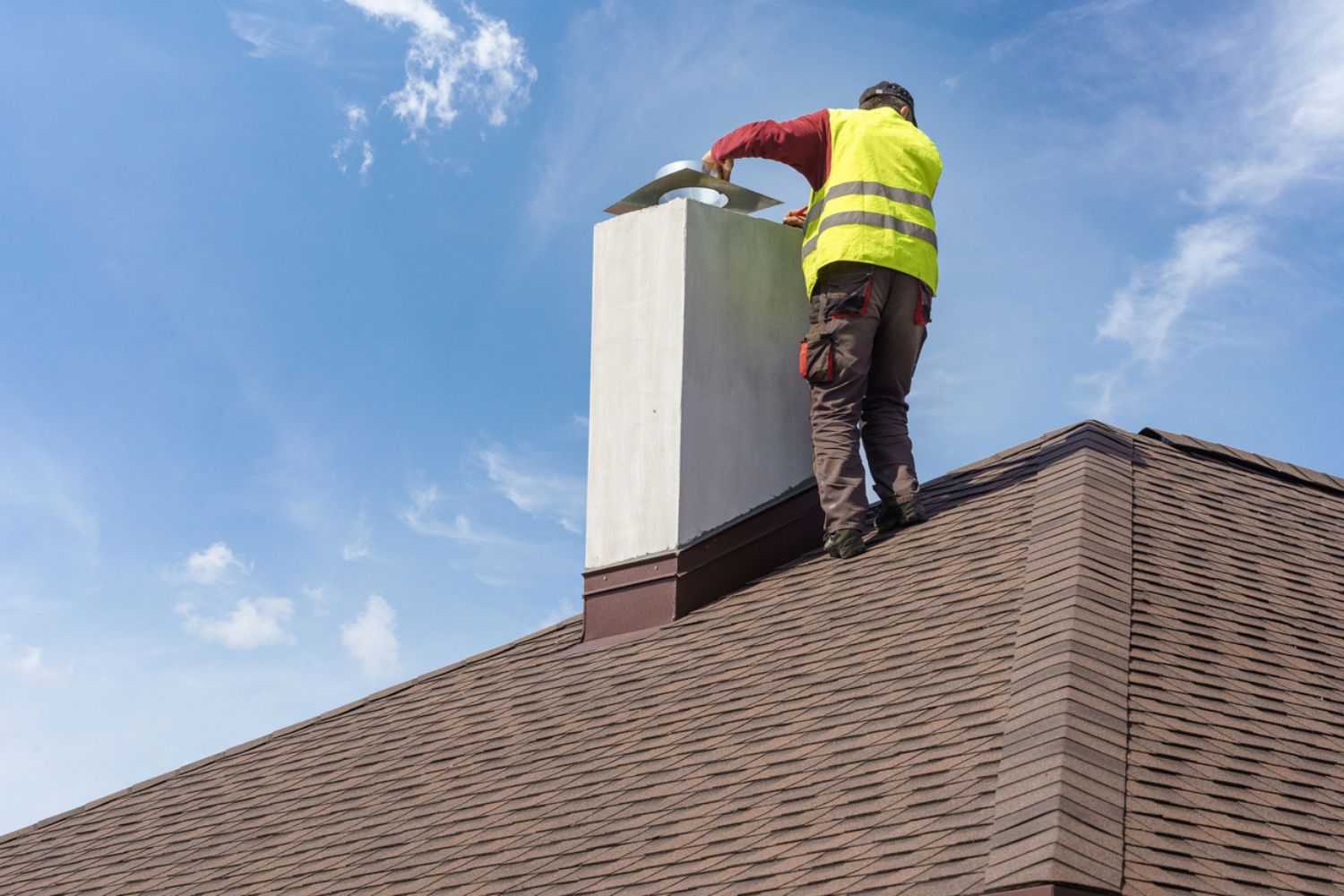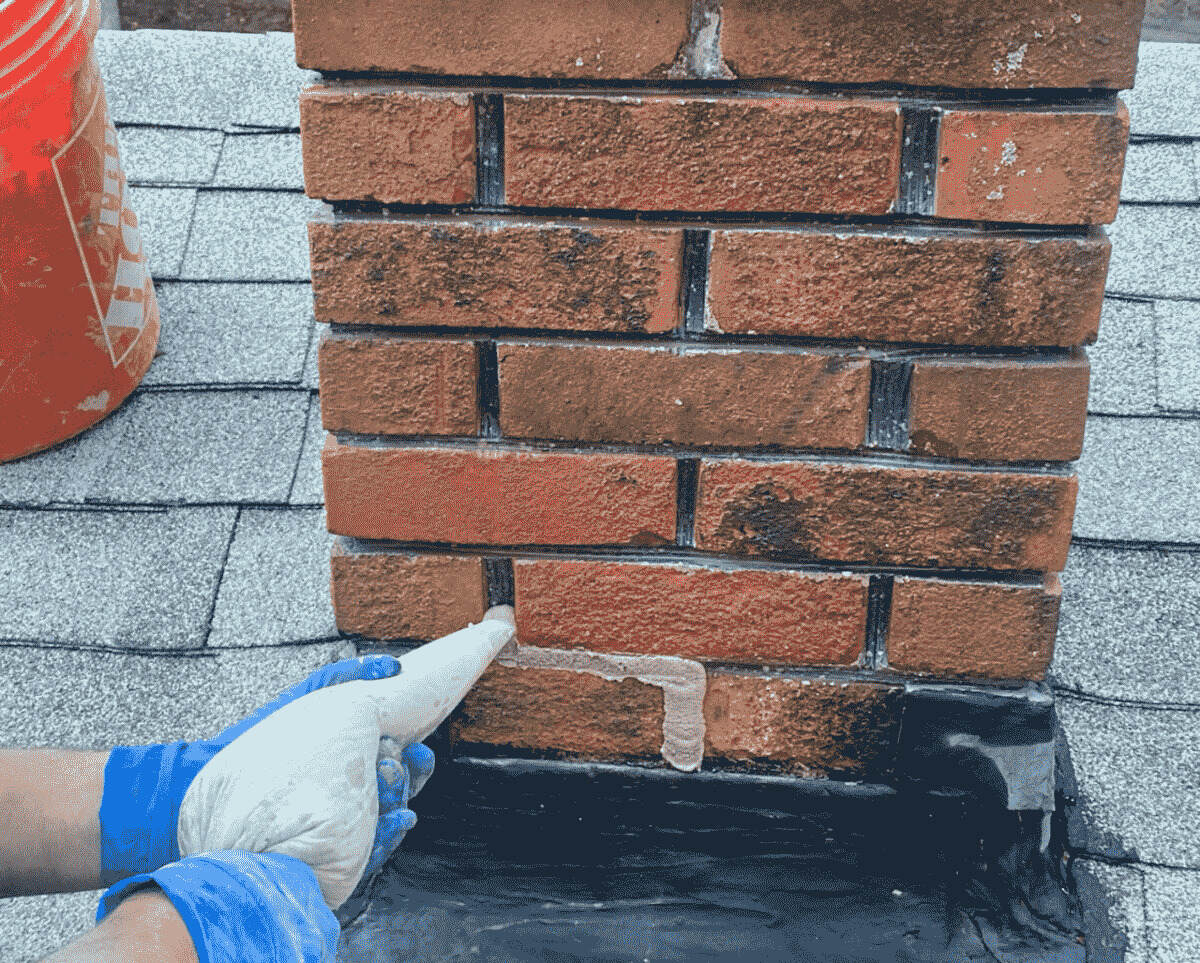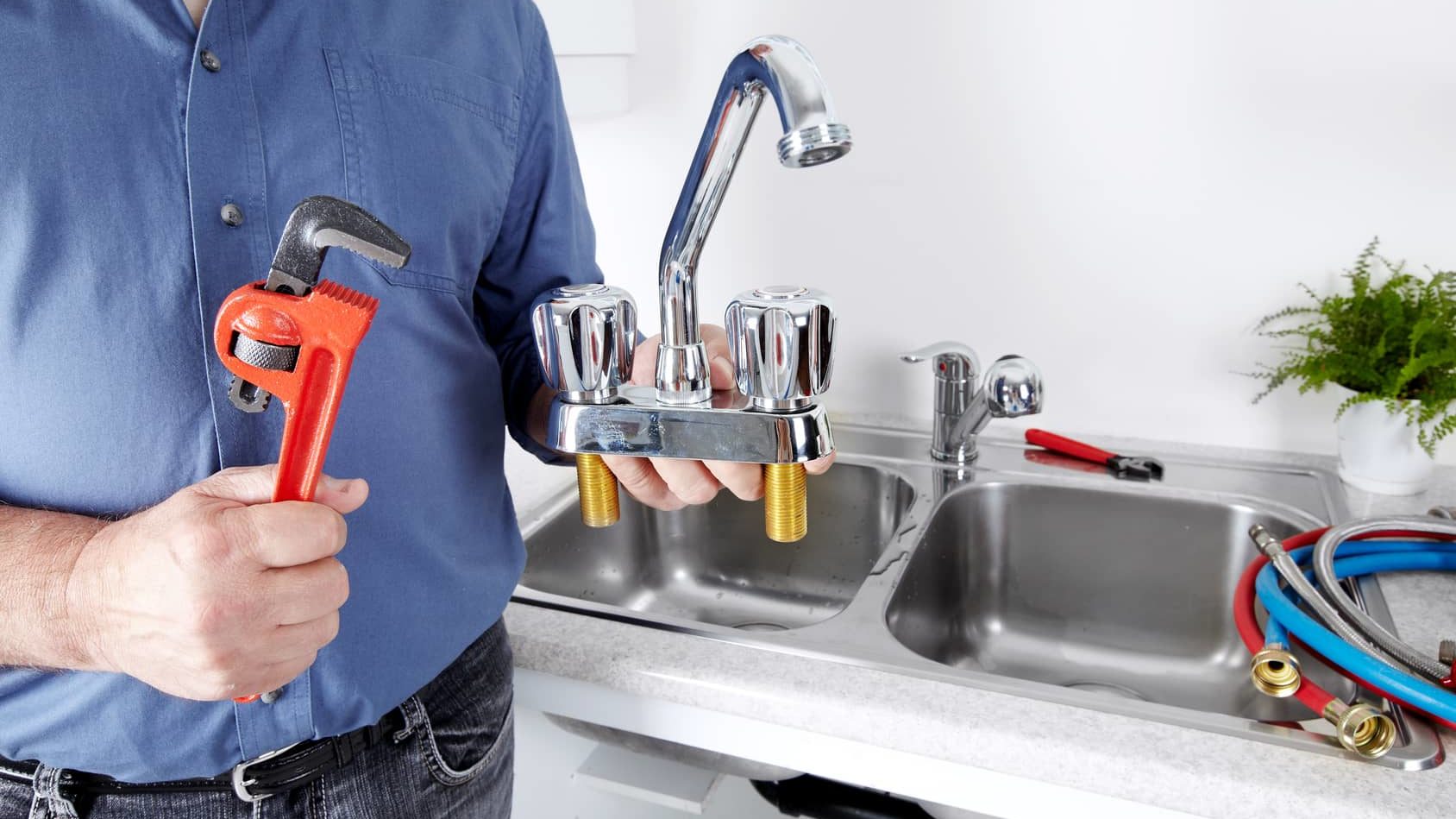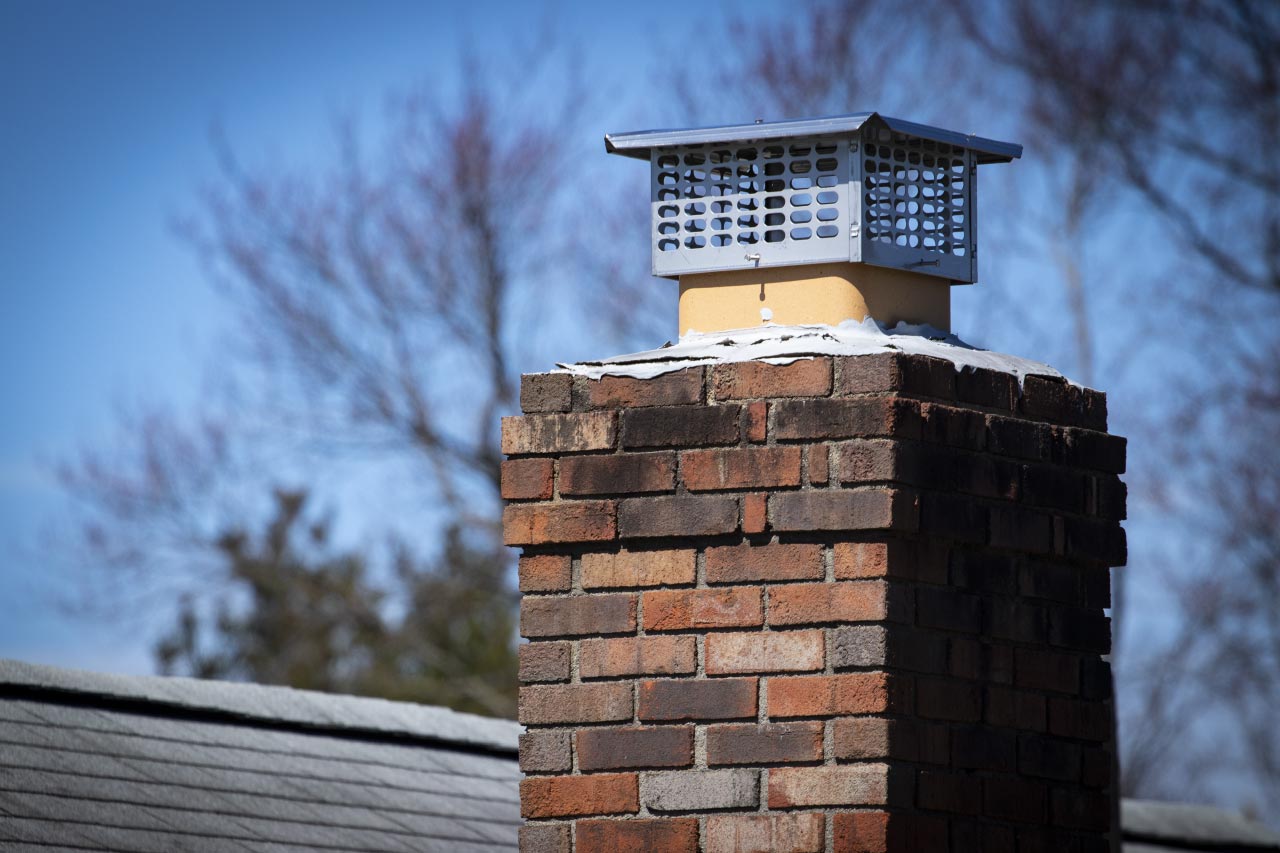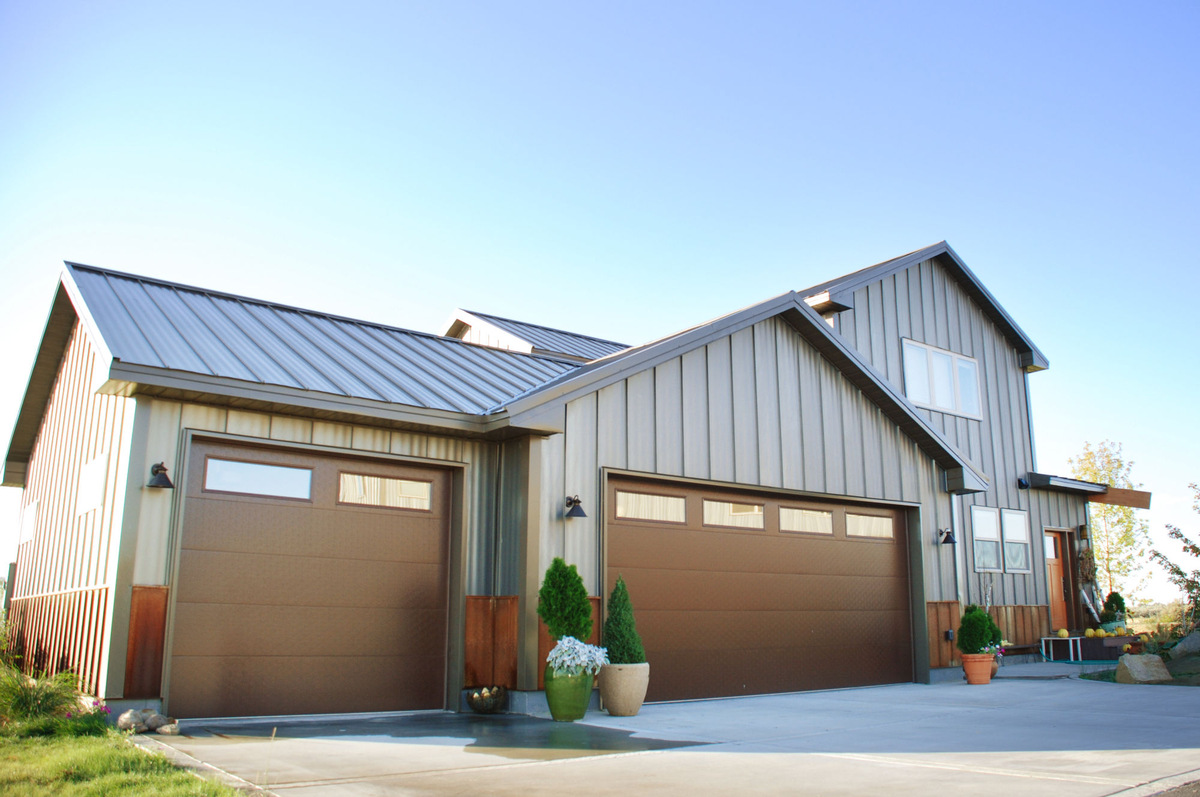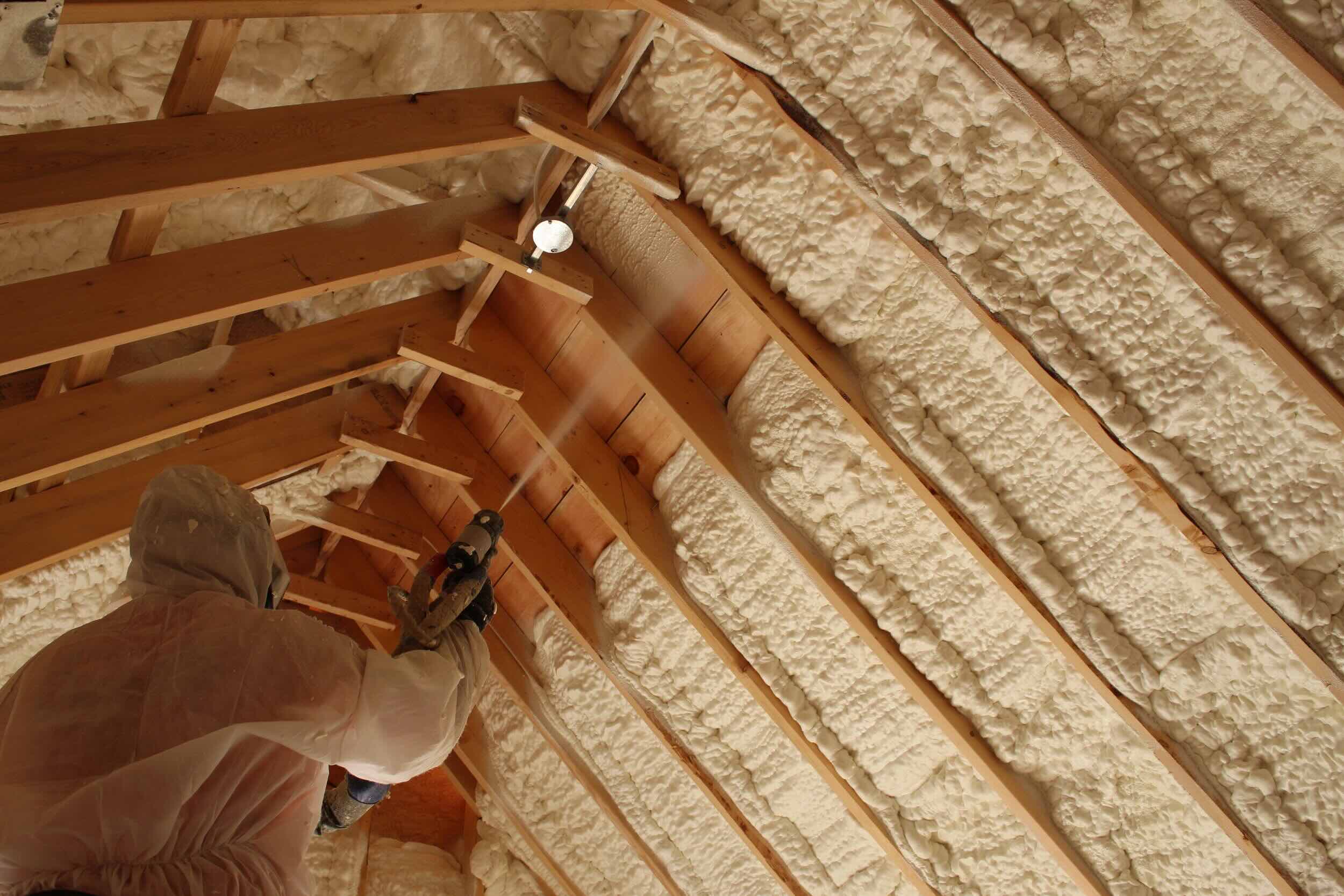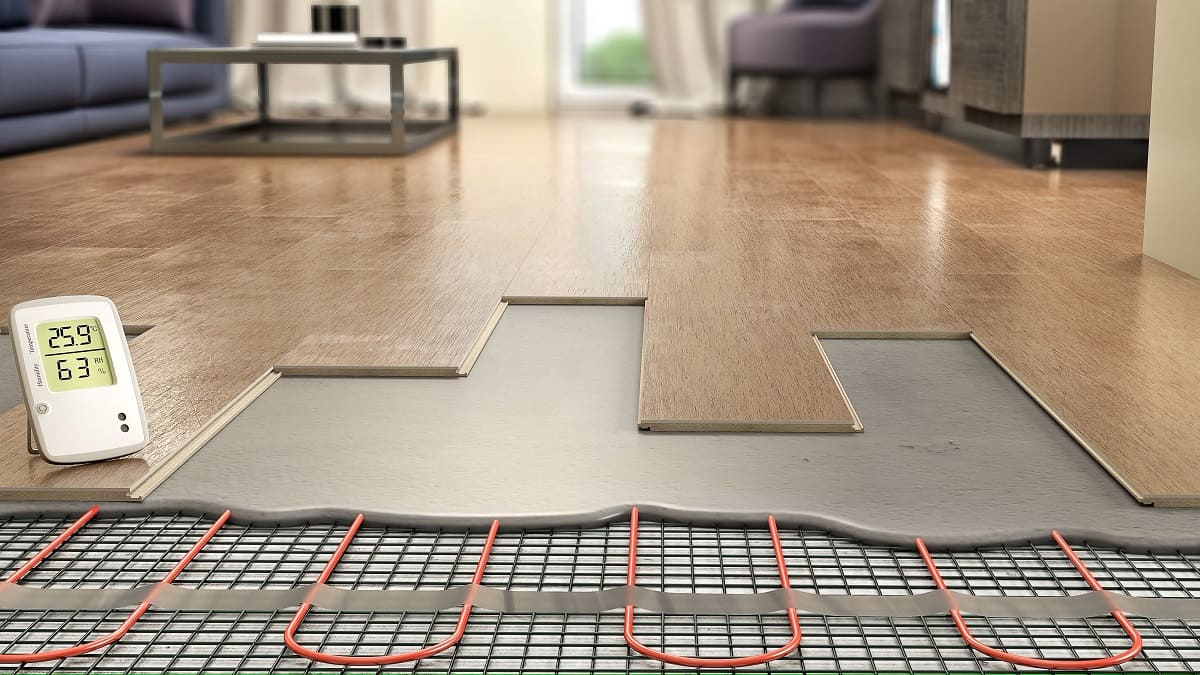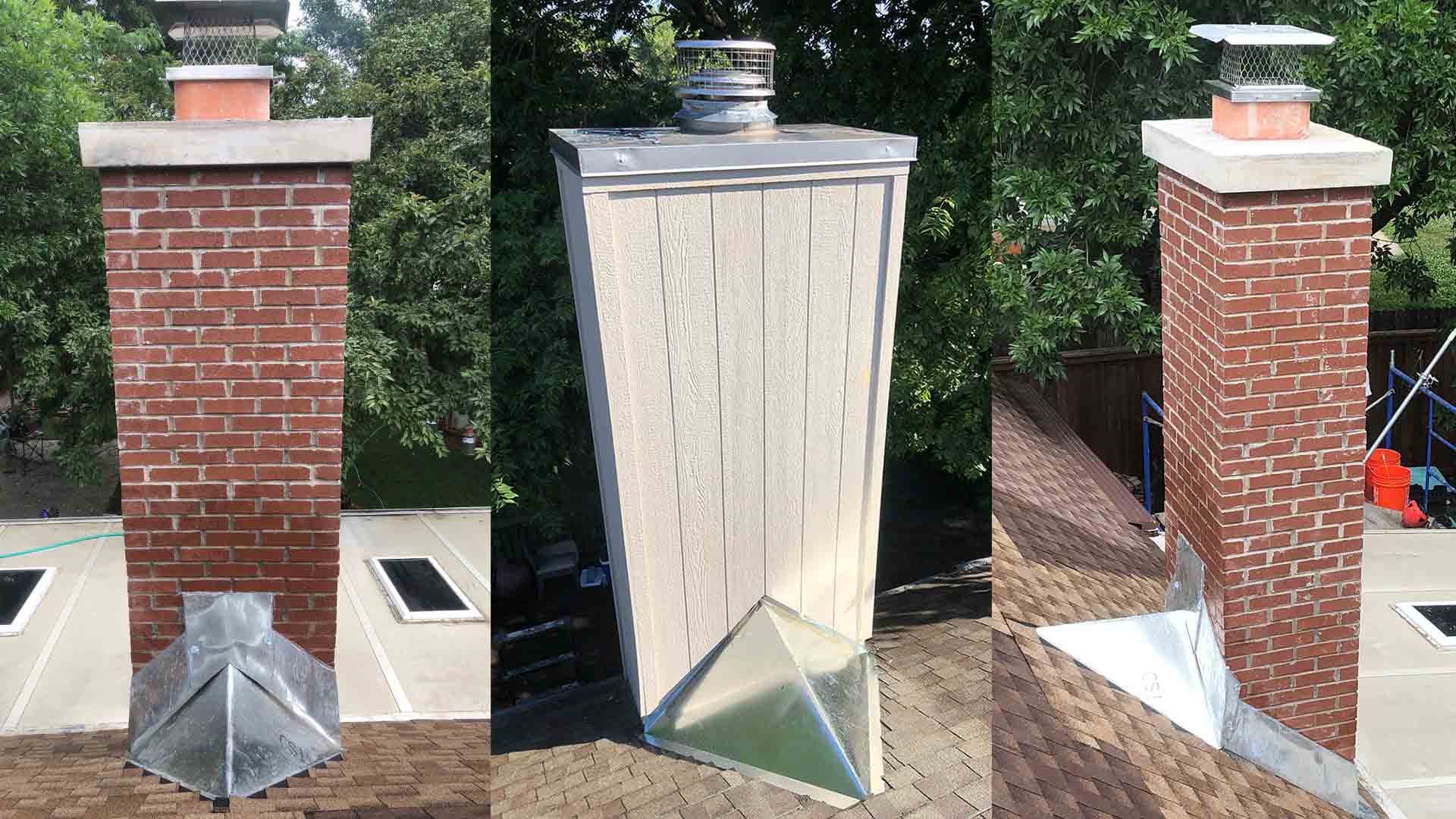Home>Home Maintenance>How Much Does Suspension Repair Cost
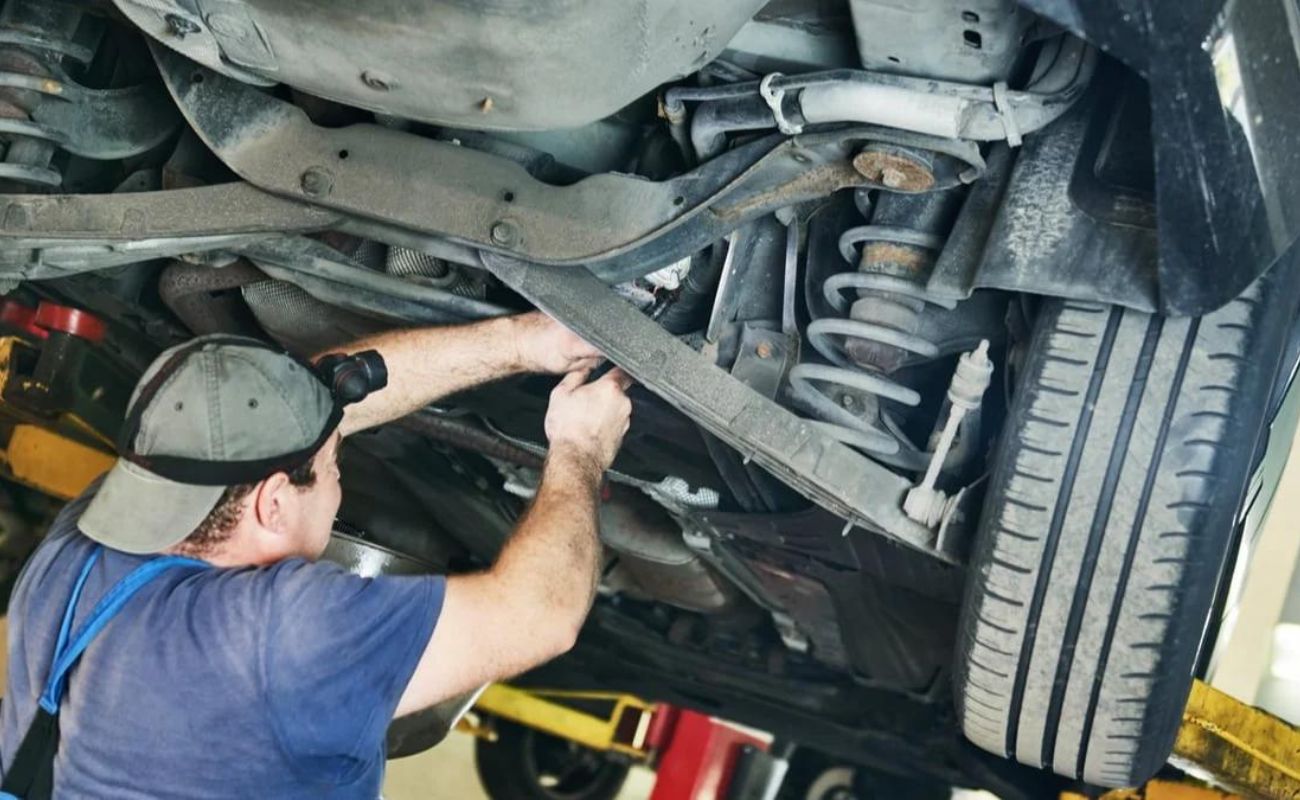

Home Maintenance
How Much Does Suspension Repair Cost
Modified: March 6, 2024
Find out the average cost of suspension repair for home maintenance. Learn about the factors that affect pricing and get tips for saving money.
(Many of the links in this article redirect to a specific reviewed product. Your purchase of these products through affiliate links helps to generate commission for Storables.com, at no extra cost. Learn more)
Introduction
Welcome to our comprehensive guide on suspension repair costs. Your vehicle’s suspension system is crucial for a smooth and comfortable ride. Over time, wear and tear can lead to various issues that require repairs. However, it’s important to understand the factors that affect suspension repair costs and how to save money while ensuring the safety and functionality of your vehicle.
In this article, we will explore common suspension issues, factors that influence repair costs, the average cost of suspension repairs, specific repair costs, and whether you should opt for professional repair services or attempt a do-it-yourself (DIY) approach. Additionally, we’ll provide some practical tips on how to save money on suspension repairs without compromising your vehicle’s performance.
Whether you drive a car, truck, or SUV, understanding suspension repair costs can help you make informed decisions about maintaining and repairing your vehicle. So, let’s dive right in and explore the world of suspension repairs!
Key Takeaways:
- Suspension repairs can cost from a few hundred to several thousand dollars, depending on factors like the type of repair needed, the make and model of your vehicle, and your location. It’s crucial to consult a skilled mechanic for an accurate estimate.
- Consider factors like your skill level, time availability, and the complexity of the repairs when deciding between DIY and professional suspension repair. Regular maintenance, researching prices, and choosing the right parts can help save money on suspension repairs.
Read more: How Much Does It Cost For A Chimney Sweep
Understanding Suspension Systems
Before we delve into suspension repair costs, it’s essential to have a basic understanding of how suspension systems work. The suspension system of a vehicle is responsible for several critical functions, including:
- Providing a comfortable ride by minimizing the impact of bumps and uneven road surfaces
- Maintaining stability and control by keeping the tires in constant contact with the road
- Assisting with steering and braking
- Supporting the weight of the vehicle
A typical suspension system consists of various components, such as springs, shock absorbers or struts, control arms, and stabilizer bars. These components work together to absorb shocks and vibrations, ensuring a smooth and stable driving experience.
When a vehicle’s suspension system is functioning correctly, it helps to maintain proper tire alignment, extends the lifespan of other components, and enhances overall safety. However, over time, the suspension system can develop issues that require repairs.
Let’s explore some common suspension issues next.
Common Suspension Issues
Now that we understand the importance of a healthy suspension system, let’s examine some common issues that may arise.
1. Worn-out Shocks or Struts: Shocks and struts play a crucial role in absorbing shocks and vibrations. Over time, they can become worn out, resulting in a bumpy and uncomfortable ride.
2. Broken or Weak Springs: Springs are responsible for supporting the weight of the vehicle and absorbing impacts. If a spring breaks or loses its elasticity, you may experience a sagging suspension or uneven ride height.
3. Worn-out Bushings: Bushings are small rubber or polyurethane components that cushion and dampen the movements of various suspension parts. Over time, they can wear out and lead to excessive play, causing noise, vibrations, and poor handling.
4. Uneven Tire Wear: A misaligned or damaged suspension system can cause uneven tire wear, reducing the lifespan of your tires and compromising road grip.
5. Stabilizer Bar Issues: The stabilizer bar, also known as the sway bar, helps to control body roll during cornering. If the bar or its components become damaged or worn out, it can lead to reduced stability and handling.
6. Alignment Problems: Alignment issues occur when the suspension system is not properly aligned, leading to uneven tire wear, steering problems, and reduced fuel efficiency.
If you notice any of these issues or experience a change in your vehicle’s handling or ride quality, it’s crucial to have your suspension system inspected and repaired as soon as possible to avoid further damage and ensure your safety on the road.
Next, let’s explore the various factors that influence suspension repair costs.
Factors Affecting Suspension Repair Costs
When it comes to suspension repair costs, several factors come into play. Understanding these factors can help you estimate the potential expenses involved. Here are the key factors that affect suspension repair costs:
1. Vehicle Make and Model: The make and model of your vehicle can significantly impact the cost of suspension repairs. High-end luxury vehicles often have more complex suspension systems and require specialized parts, which can be more expensive to repair or replace.
2. Severity of the Issue: The extent of the suspension problem and the parts that need repair or replacement will affect the overall cost. Simple repairs, such as replacing a worn-out bushing, will be less expensive than replacing an entire strut assembly.
3. Type and Quality of Parts: The type and quality of parts used for suspension repairs can vary widely in cost. Original Equipment Manufacturer (OEM) parts, which are made by the vehicle’s manufacturer, tend to be more expensive but offer better compatibility and durability. Aftermarket parts may be cheaper but may not match the same level of quality as OEM parts.
4. Labor Costs: Labor costs can vary depending on the repair shop’s hourly rate and the expertise required to work on your vehicle’s suspension system. High-end service providers may charge more for their expertise and specialized knowledge.
5. Location: Geographical location can also impact suspension repair costs. Labour rates and the availability of parts may vary from one area to another, leading to differences in overall repair costs.
6. Additional Repairs: It’s common for suspension issues to be accompanied by other related problems. For example, if your suspension components are damaged due to a collision, there may be additional repair costs associated with body damage or other mechanical issues.
It’s important to keep these factors in mind when estimating suspension repair costs. However, it’s always recommended to consult with a professional mechanic or repair shop to get an accurate estimate based on your specific vehicle and situation.
Next, let’s explore the average cost of suspension repairs to give you a general idea of what to expect.
Average Cost of Suspension Repair
The cost of suspension repair can vary widely depending on the factors mentioned earlier. However, here are some general estimates for the average cost of common suspension repairs:
1. Shock Absorbers or Struts: On average, replacing a single shock absorber or strut can cost anywhere between $150 to $400. If you need to replace all four, the cost can range from $600 to $1,600.
2. Springs: If you need to replace a broken or worn-out spring, the average cost can be around $200 to $500 per spring, depending on the make and model of your vehicle.
3. Bushings: Replacing worn-out bushings can cost around $100 to $300 per set, depending on the number of bushings that need to be replaced.
4. Stabilizer Bar: Repairing or replacing a stabilizer bar can range from $200 to $500, depending on the type of bar and the complexity of the repair.
It’s important to note that these cost estimates are rough averages and can vary significantly depending on your location, vehicle make and model, and the specific repair shop you choose. Additionally, these estimates do not include labor costs, which can further increase the overall repair expenses.
If you’re dealing with multiple suspension issues or require additional repairs, such as wheel alignments or tire replacements, the total cost can increase accordingly. Therefore, it’s advisable to consult with a trusted mechanic or repair shop to get an accurate estimate based on your specific needs.
Now that we have an idea of the average costs, let’s explore the cost of specific suspension repairs in more detail.
When budgeting for suspension repair, consider the type of suspension system in your vehicle, the extent of the damage, and the cost of parts and labor. Get multiple quotes from reputable mechanics to ensure you’re getting a fair price.
Read more: How Much Does It Cost To Clean A Chimney
Cost of Specific Suspension Repairs
When it comes to specific suspension repairs, the cost can vary depending on the severity of the issue and the specific components that need to be repaired or replaced. Here are some common suspension repairs and their estimated costs:
1. Wheel Alignment: Wheel alignment is an essential part of suspension maintenance. It ensures that the tires are properly aligned, which improves fuel efficiency, tire longevity, and overall handling. The cost of a wheel alignment can range from $50 to $150.
2. Control Arm Replacement: Control arms are crucial components that connect the suspension to the chassis. Over time, they can wear out or get damaged, requiring replacement. The cost of replacing a control arm varies depending on the make and model of your vehicle, ranging from $200 to $600 per arm.
3. Tie Rod End Replacement: Tie rod ends play a vital role in steering control and alignment. If they become worn or damaged, you may experience steering instability or uneven tire wear. The cost of replacing tie rod ends can range from $100 to $300, depending on the vehicle.
4. Ball Joint Replacement: Ball joints connect the suspension components to the wheels and allow for smooth movement. When they become worn or damaged, it can lead to poor handling and uneven tire wear. The cost of replacing ball joints can range from $200 to $600 per joint.
5. Suspension Strut Replacement: If your vehicle has strut-based suspension, replacing a single strut can cost between $200 to $600, including parts and labor. If all four struts need replacement, the cost can range from $800 to $2,400.
It’s important to remember that these are rough estimates and can vary depending on several factors, including the make and model of your vehicle, the quality of replacement parts, and the labor rates in your area. Consulting with a reputable mechanic or repair shop is always recommended for accurate cost estimates specific to your vehicle.
Next, let’s explore whether you should consider a DIY approach or opt for professional suspension repair services.
DIY vs. Professional Suspension Repair
When it comes to suspension repair, one of the key decisions you’ll need to make is whether to tackle the repairs yourself or seek professional help. Let’s explore the pros and cons of each approach:
DIY Suspension Repair:
- Cost Savings: One of the main advantages of DIY suspension repair is the potential cost savings. By doing the repairs yourself, you can eliminate labor costs and potentially save a significant amount of money.
- Hands-on Experience: DIY repairs offer an opportunity to gain hands-on experience and a deeper understanding of your vehicle’s suspension system. It can be a rewarding and educational experience for automotive enthusiasts.
- Flexibility and Convenience: You have the flexibility to work on your vehicle at your own pace and convenience, and you can choose the specific parts and tools you want to use.
However, it’s important to consider the following drawbacks of DIY suspension repair:
- Complexity and Skill Level: Suspension repairs can be complex, especially for those without mechanical experience. Without the proper knowledge and skills, you risk making mistakes that could potentially worsen the problem or compromise your safety on the road.
- Limited Resources: DIY repairs may require specialized tools and equipment that you may not have readily available. This could add to the overall cost and complexity of the repair process.
- No Warranty: If you make a mistake or the repair does not go as planned, there is no warranty or recourse available. Professional repairs often come with warranties to protect you in case the workmanship or parts fail.
Professional Suspension Repair:
- Expertise and Experience: Professional mechanics have the skills, knowledge, and experience to accurately diagnose suspension issues and perform repairs correctly the first time.
- Efficiency and Time savings: Professional mechanics have access to specialized tools and equipment, making the repair process more efficient and potentially saving time.
- Warranty and Guarantees: Reputable repair shops typically offer warranties or guarantees on their services and parts, providing you with peace of mind regarding the quality of the repair.
However, professional suspension repair does come with a few drawbacks:
- Higher Cost: The primary disadvantage of professional repair is the higher cost associated with labor and parts. However, professional repairs often come with higher quality and reliability.
- Limited Control: When opting for professional repairs, you may have limited control over the specific parts and processes used. This could be a concern for those who prefer to have complete control over their vehicle’s maintenance.
In the end, the decision between DIY and professional suspension repair depends on your comfort level, skillset, time availability, and the complexity of the repair. If you have the knowledge and experience, along with the necessary tools, DIY repair could be a cost-effective option. However, if you’re unsure or dealing with a complicated suspension issue, it’s best to seek professional help to ensure the repairs are done correctly and safely.
Now, let’s explore some tips on how to save money on suspension repair.
Tips for Saving Money on Suspension Repair
Suspension repairs can be costly, but there are several ways you can save money without compromising the safety and functionality of your vehicle. Here are some helpful tips:
1. Regular Maintenance: Stay proactive with regular suspension system maintenance. Keeping your suspension properly aligned and well lubricated can help prevent premature wear and costly repairs in the long run.
2. Research and Compare: Before settling on a repair shop, research and compare prices and services in your area. Get quotes from multiple shops and ask for detailed explanations of the repairs needed.
3. Choose the Right Parts: When it comes to replacement parts, evaluate your options. While OEM parts may be more expensive, they often offer better compatibility and durability. However, aftermarket parts can be a more affordable alternative without sacrificing quality.
4. DIY Maintenance: Consider tackling simple maintenance tasks, such as replacing worn-out bushings or performing routine inspections, yourself. Be sure to have the necessary tools and resources and follow proper safety procedures and guidelines.
5. Price Shop for Parts: If you choose to DIY or have a trusted mechanic handle the repairs, compare prices for suspension parts. Online retailers and local auto part stores may offer competitive prices, helping you find affordable options for the necessary components.
6. Ask for Used Parts: In some cases, used suspension parts can be a budget-friendly option, especially for older vehicles. However, ensure that the parts are in good condition and come from a reputable source.
7. Consider Independent Repair Shops: Independent repair shops often offer competitive pricing compared to dealerships. They may have lower labor rates and be more willing to work with you to find cost-effective solutions.
8. Prioritize Essential Repairs: If your budget is tight, focus on repairing the most critical suspension components first and leave any non-essential repairs for a later time. This approach will ensure that your vehicle remains safe and drivable while allowing for a phased-out repair process if needed.
9. Explore Warranty or Insurance Coverage: Check if your suspension repairs are covered by any extended warranty or insurance policies. Some warranties may cover suspension components, saving you from hefty out-of-pocket expenses.
10. Maintain Good Driving Habits: Finally, practicing good driving habits can help extend the lifespan of your suspension system. Avoid harsh bumps, potholes, and excessive loading of your vehicle, as these factors can contribute to premature suspension wear and damage.
By following these tips, you can save money on suspension repairs while still ensuring the safety and reliability of your vehicle. However, remember that proper maintenance and timely repairs are crucial to preventing further damage and maintaining optimal performance.
Now, let’s conclude our guide on suspension repair costs.
Conclusion
In conclusion, understanding suspension repair costs is crucial for every vehicle owner. A well-maintained suspension system ensures a smooth and comfortable ride while maintaining stability and control on the road. However, as with any mechanical system, suspension components can wear out over time and require repairs.
When estimating suspension repair costs, it’s essential to consider factors such as the severity of the issue, the type and quality of parts, labor costs, and your geographical location. By understanding these factors, you can get a better idea of the potential expenses involved.
On average, the cost of suspension repairs can range from a few hundred dollars to several thousand dollars, depending on the specific repairs needed and the make and model of your vehicle. It’s crucial to consult with a skilled mechanic or repair shop to get an accurate estimate based on your unique situation.
When deciding whether to opt for a DIY approach or professional repair services, consider factors such as your skill level, time availability, and the complexity of the repairs. While DIY repairs can save money, they require mechanical knowledge and access to specialized tools. Professional repairs, on the other hand, offer expertise, efficiency, and warranties/guarantees.
To save money on suspension repair, regular maintenance, researching and comparing prices, choosing the right parts, and exploring DIY options can be beneficial. Additionally, considering independent repair shops, being selective about essential repairs, and maintaining good driving habits can help minimize costs.
Remember, the suspension system plays a vital role in your vehicle’s performance and safety. Investing in timely repairs and proper maintenance will not only save you money in the long run but also ensure a comfortable and safe driving experience.
Thank you for reading our comprehensive guide on suspension repair costs. We hope you found it informative and helpful in making informed decisions about maintaining and repairing your vehicle’s suspension system. Drive safely!
Frequently Asked Questions about How Much Does Suspension Repair Cost
Was this page helpful?
At Storables.com, we guarantee accurate and reliable information. Our content, validated by Expert Board Contributors, is crafted following stringent Editorial Policies. We're committed to providing you with well-researched, expert-backed insights for all your informational needs.

